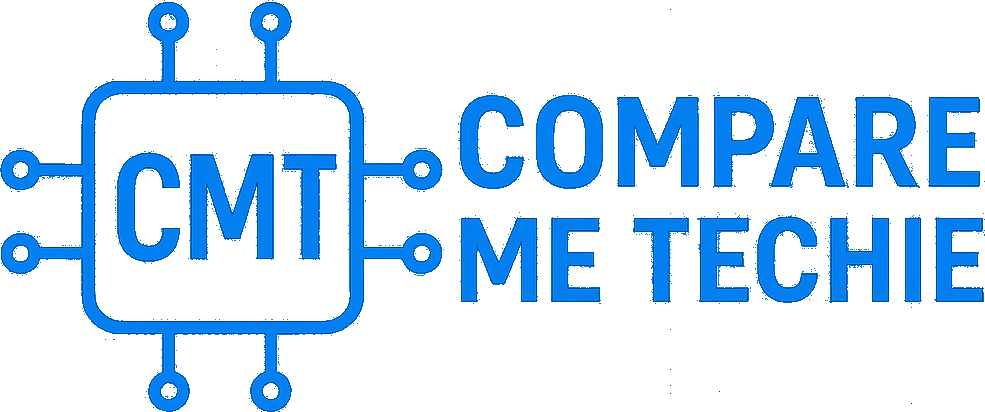Edge Computing vs Spatial Computing: Tech Comparison 2025
Compare Edge Computing vs Spatial Computing. Explore how distributed computing at the edge and immersive spatial technologies are shaping industries, IoT, AR/VR, and digital transformation.
Trusted by Thousands
Both platforms serve millions of users worldwide
Powerful Features
Advanced capabilities and integrations
Flexible Pricing
Plans to fit every budget and business size
Features Comparison
| Feature | Edge Computing | Spatial Computing |
|---|---|---|
| Primary Focus | Local, real-time data processing near devices | Merging digital and physical worlds via AR/VR/XR |
| Use Cases | IoT, autonomous vehicles, healthcare monitoring, industrial automation | Gaming, training simulations, digital twins, collaborative workspaces |
| Key Enabler | 5G networks, IoT sensors, distributed infrastructure | AR/VR headsets, XR platforms, AI-driven environments |
| Maturity | Growing adoption across telecom and manufacturing in 2025 | Accelerating adoption with Apple Vision Pro, Meta Quest, enterprise XR |
| Risks | Security at distributed nodes, management complexity | Hardware costs, accessibility, motion sickness issues |
Pros & Advantages
| Feature | Edge Computing | Spatial Computing |
|---|---|---|
| Low latency for real-time systems | ✓ | ✗ |
| Immersive user experiences | ✗ | ✓ |
Cons & Limitations
| Feature | Edge Computing | Spatial Computing |
|---|---|---|
| Complex infrastructure management | ✓ | ✗ |
| Hardware and accessibility barriers | ✗ | ✓ |
The Bottom Line
Edge Computing and Spatial Computing are converging but serve different purposes. Edge Computing pushes data processing closer to devices and sensors, reducing latency for IoT, 5G, and real-time systems. Spatial Computing blends physical and digital worlds through AR, VR, and mixed reality, powering applications in design, training, and immersive collaboration. Choose Edge Computing for real-time analytics and IoT scalability, or Spatial Computing for immersive user experiences and next-gen interfaces.
Community Feedback
Current Ratings
Rate This Comparison
Ready to Choose Your Tool?
Start your free trial today and see which platform works best for your needs.
